-
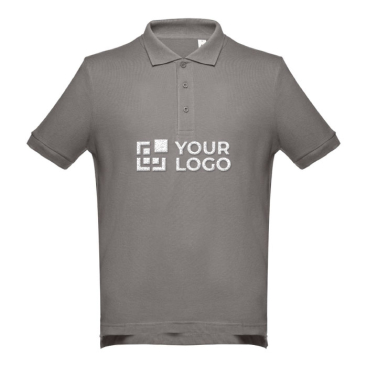
Best seller
-
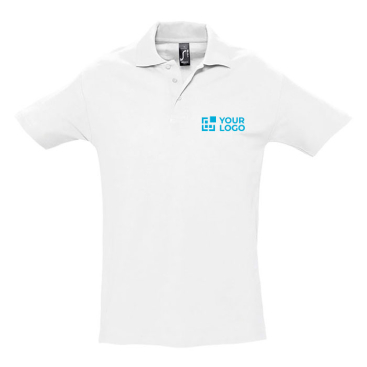
-
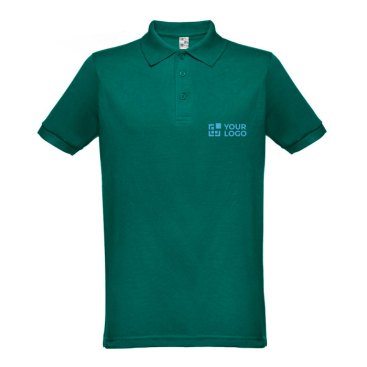
-
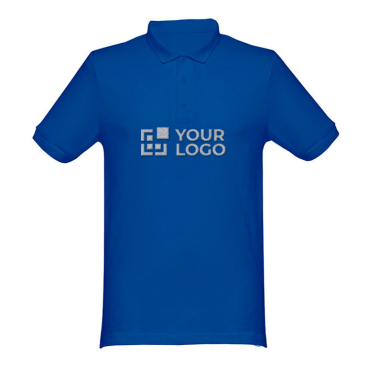
-
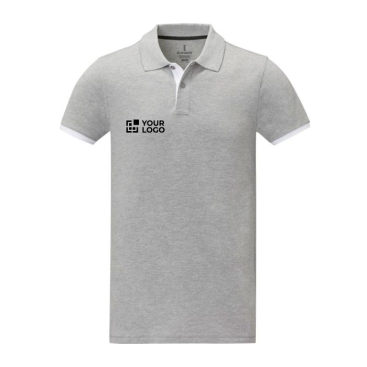
Corporate polo with colour details and cotton, 200 g/m², Elevate Life
Price From:£10.60
View Details >
-
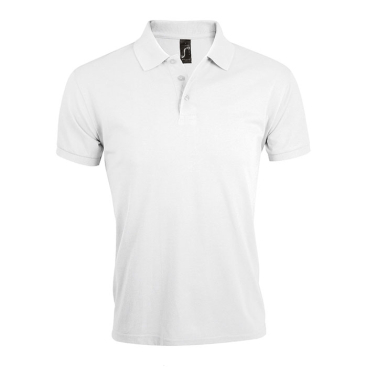
-
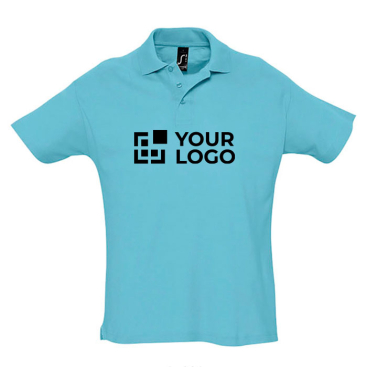
-
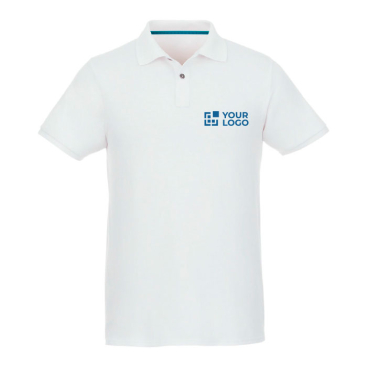
Polo shirt made of organic cotton and recycled polyester 220 g/m², Elevate NXT
Price From:£12.25
View Details >
-
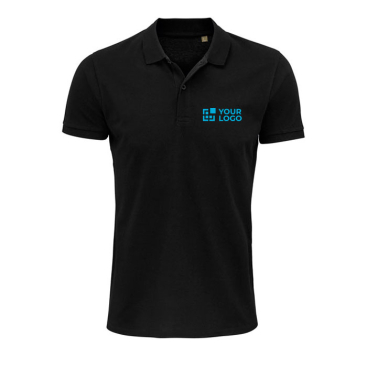
-
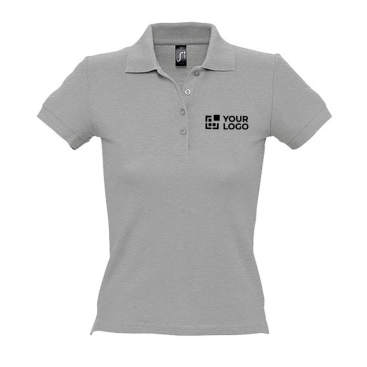
-
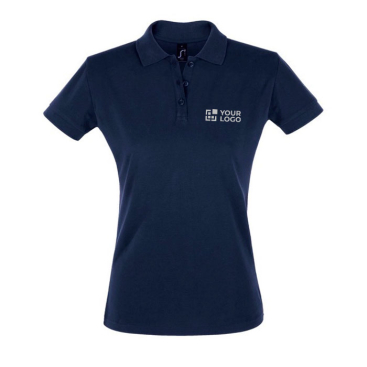
-
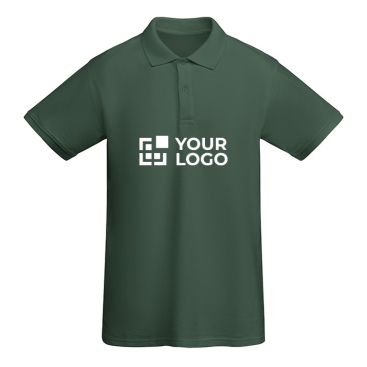
-
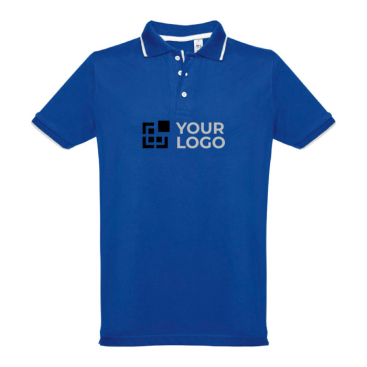
-
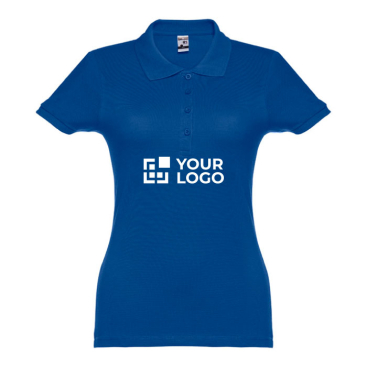
-
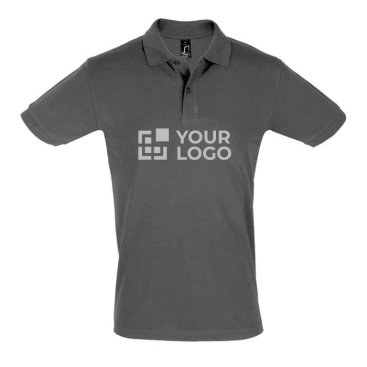
-
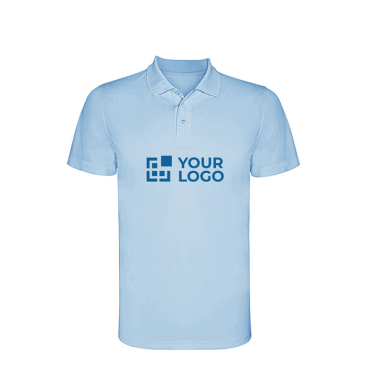

Children’s pique-knit technical polyester polo shirt, 150 g/m², Roly
Price From:£4.17
View Details >
-
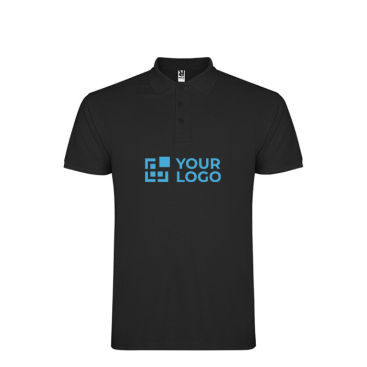

-
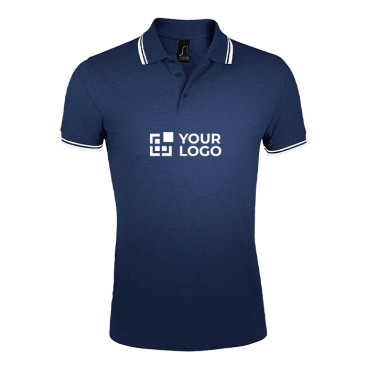
-
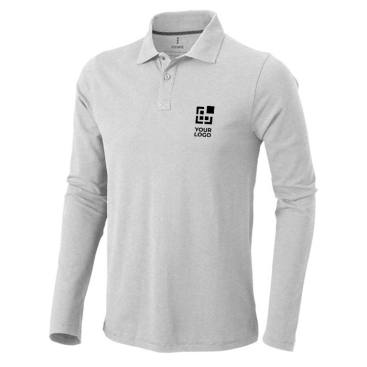
-
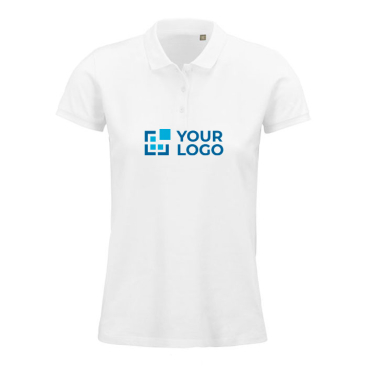
-
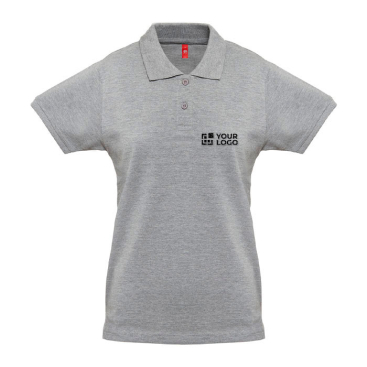
-
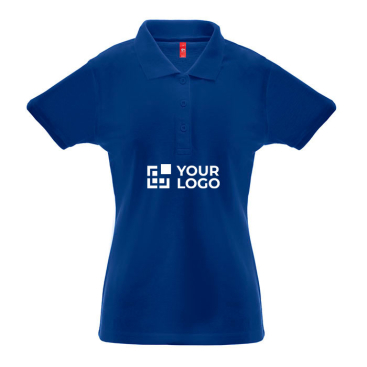
-
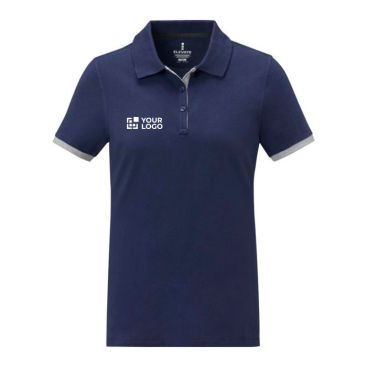
Women’s polo with colour details and cotton, 200 g/m², Elevate Life
Price From:£5.28
View Details >
-
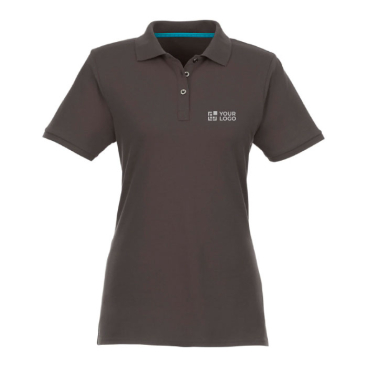
Women's polo shirt made of organic cotton and recycled polyester, 220 g/m², Elevate NXT
Price From:£12.28
View Details >
-
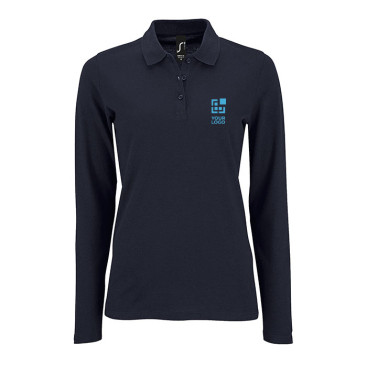
-
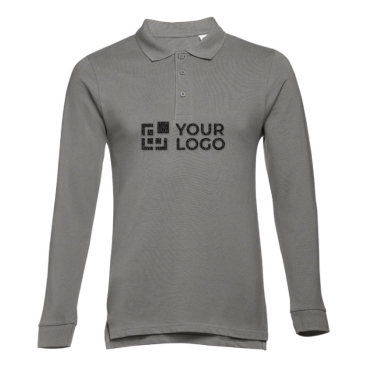
-
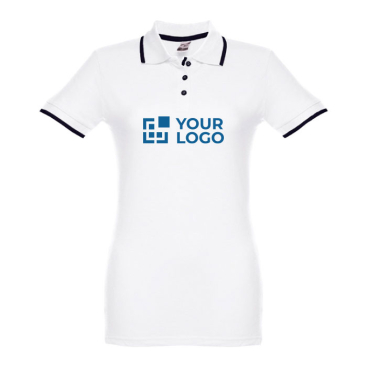
-
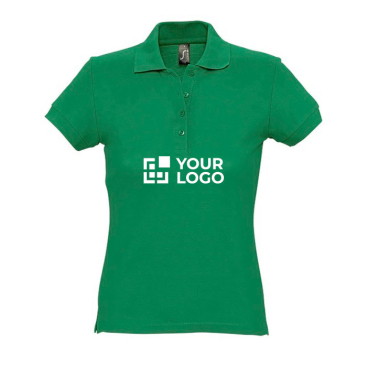
-
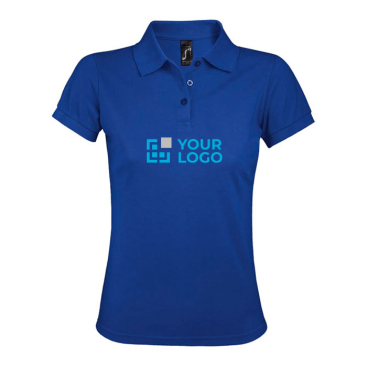
-
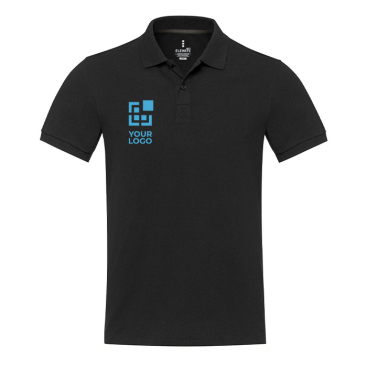
Unisex recycled cotton and polyester polo shirt, 200 g/m², Elevate NXT
Price From:£10.42
View Details >
-
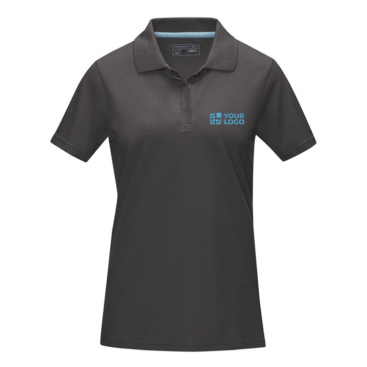
Women’s piqué organic cotton GOTS polo shirt, 180 g/m², Elevate NXT
Price From:£10.11
View Details >
-
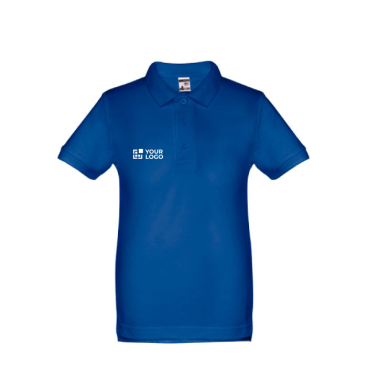

-
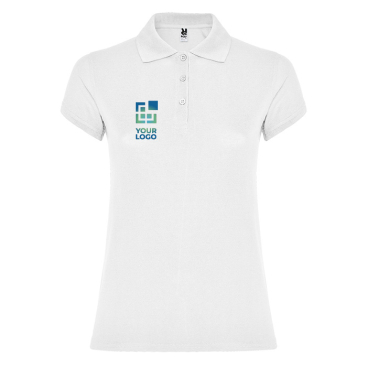
-
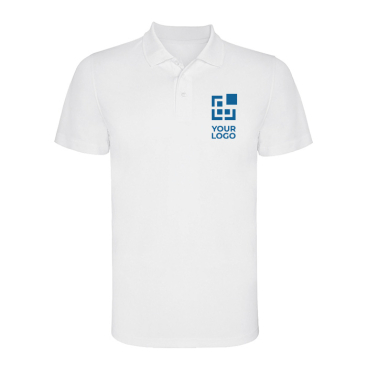
-
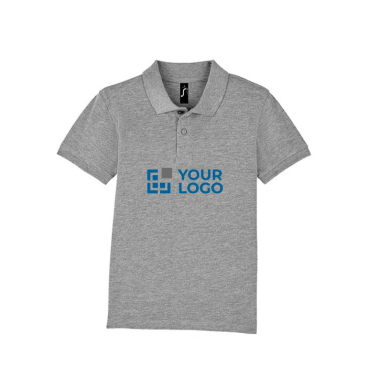

-
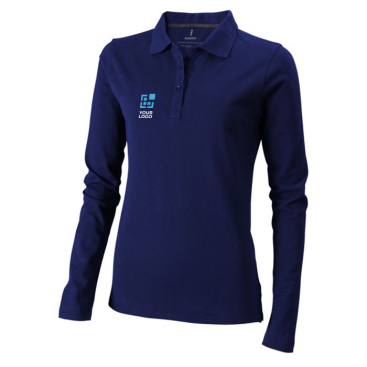
-
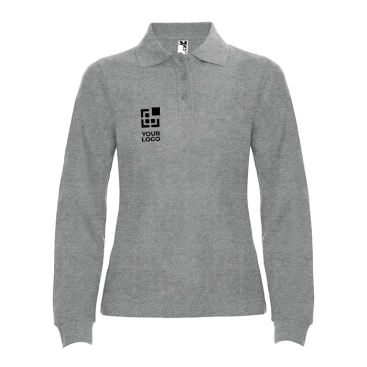
-


-
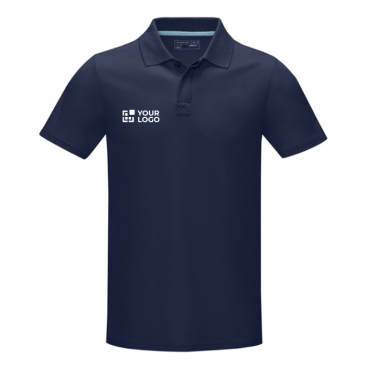
Men’s corporate organic cotton GOTS polo shirt, 180 g/m², Elevate NXT
Price From:£10.11
View Details >
-
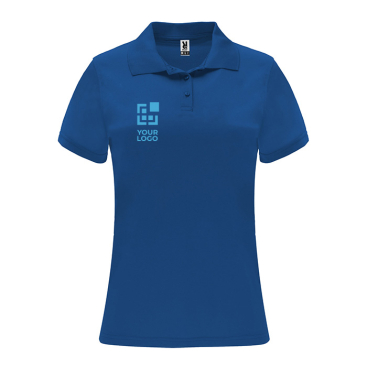
-
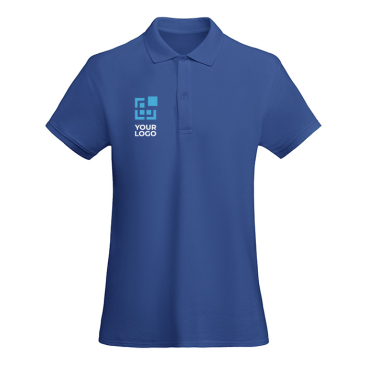
-
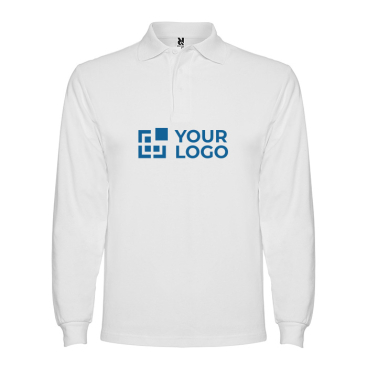
-
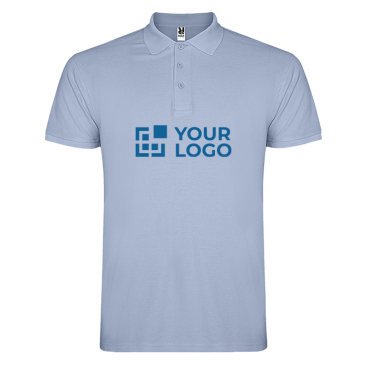
-
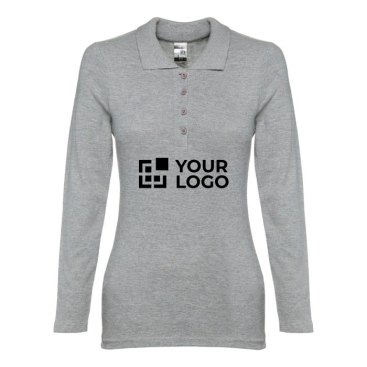
-
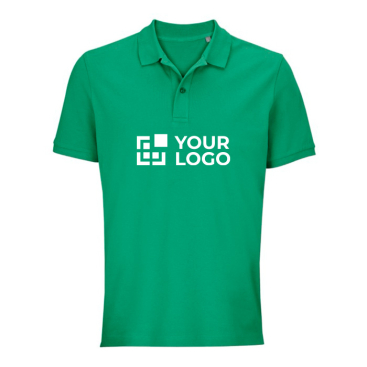
-
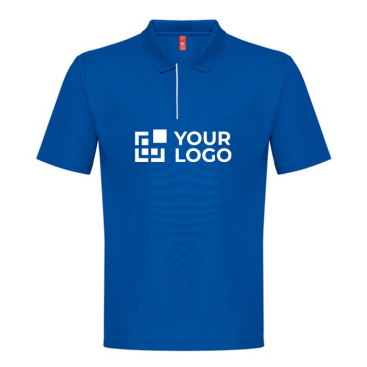
-
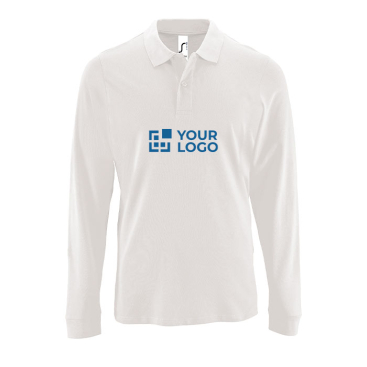
-
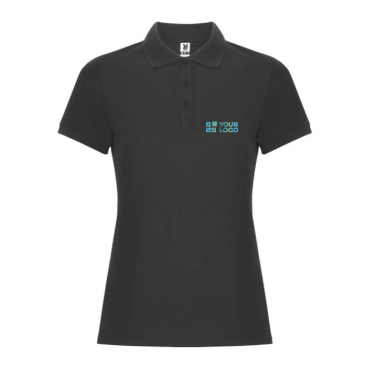
Recommendations for Purchasing Branded Polo Shirts
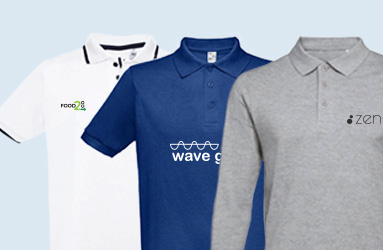
Gift Your Employees the Perfect Polo Shirts
A promotional polo shirt can reflect your brand, so here are some tips on choosing the best option—whether for your employees or as a promotional gift for your advertising campaign:
- Short-sleeved: The classic polo shirt, usually made of cotton and featuring two buttons. Ideal for both formal and casual occasions.
- Long-sleeved: Similar to the short-sleeved version but offers better protection, making it a great choice for cooler weather.
- Technical: Designed for sports and active use, these are typically made of polyester and may have a closer fit.
- Eco-friendly: Made from organic cotton, recycled polyester, or blends of the two, these are perfect for promoting sustainability.
- Two-tone: Perfect for creating a visually striking style that departs from traditional designs. These allow for greater contrast with your logo, adding a more eye-catching effect.
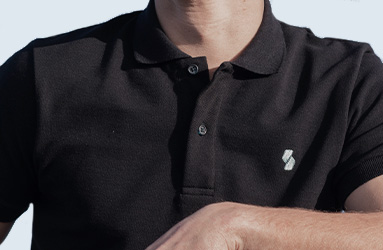
Recommended Printing Techniques for Your Branded Polo Shirts
Every design is unique, and the type of printing depends on its characteristics. However, there are some common considerations:
Screen Printing: One of the most popular methods, suitable for all kinds of surfaces. It works best for logos with limited colours, making it ideal for large orders.
Sublimation Printing: Only for white products, this method delivers full-colour, high-quality prints that are durable and allow for gradients and fine details. The ink transforms into gas and penetrates the fabric fibres.
Digital Transfer: Similar to sublimation in allowing detailed prints, but the process involves transferring the design from a sheet using heat and pressure.
Embroidery: This uses thread and needles to create a formal, elegant finish. However, it’s not recommended for logos with intricate details.
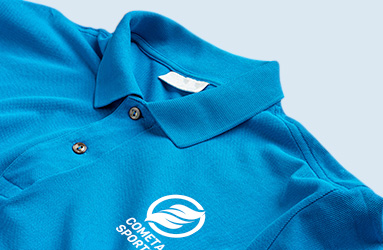
Choosing the Right Fabric Weight for Your Corporate Polo Shirts
Fabric weight refers to the material's grams per square metre (g/m²), which indicates the textile's density. The quality and suitability also depend on the type of fabric, but here are some general guidelines:
- Lightweight (150–180 g/m²): Thin and light, making them ideal for warm climates or sports activities.
- Medium-weight (180–220 g/m²): Offers a balance of comfort, durability, and protection, making it the most common choice for workwear.
- Heavyweight (220+ g/m²): Thick and durable, perfect for colder conditions.
Discover Piqué Fabric!
Many of our polo shirt models are made with piqué fabric. This type of material is characterised by small raised patterns (such as diamonds or a honeycomb texture).
Piqué polos are durable, breathable, moisture-absorbent, wrinkle-resistant, and retain their shape better after washing.
FAQ´s About Corporate Polo Shirts
What materials are your polos made from?
Regarding the materials used for branded polos, there are several standout options. Firstly, cotton is one of the most common for this type of clothing due to its comfort when worn. Then there's polyester, which is more suited for technical styles, allowing for breathable garments ideal for sports activities. You'll also find combinations of both materials and even sustainable versions, such as organic cotton and recycled polyester. Within each product's page, you can see these and other specifications.
Where can the logo be placed on polos?
We highlight four main branding positions, which are similar to those for branded t-shirts. Firstly, on the front, where a larger design can be created, if the composition allows, to make the logo stand out. Secondly, on the back, which is less common but still provides good visibility. Thirdly, on the sleeve, one of the most preferred options for promotional polo shirts. Finally, a popular choice is printing the logo on the chest, on one side, in a pocket-style position, offering a simple yet standout detail.
When will my branded polo order arrive?
The delivery time for these items is 5 to 7 working days under our standard service for logo-branded polos, which is free within the UK. This timeframe starts from the final confirmation of the graphic sample we send with the logo. From the time of request, we will email the sample within 24 working hours. If you want to explore other shipping options, send us an email or call us, and we’ll inform you of all the details.
What other promotional items convey a formal image?
One of our main recommendations is the range of corporate pens. They feature an elegant design thanks to their metallic finish, with some even presented in individual cases. You could also opt for branded shirts. These can be used to create uniforms for your employees with a more refined touch. Add your logo on the front with embroidery to enhance professionalism. Finally, another great option are lanyards, which are essential for holding ID cards, allowing employees to access the office.
What are the best care recommendations for polos?
The care instructions for polos depend on the material and printing technique used for the logo. However, there are some general guidelines to follow. For washing, it is recommended to hand wash the polo in cold water using a mild detergent, ensuring the garment is turned inside out, and bleach should be avoided. When it comes to drying, the polo should always be air-dried. For ironing, use a low temperature and either iron the polo inside out or cover the logo with a towel to protect the design.
When is it ideal to use polos with logos?
Polos are most commonly used as uniforms for workers, such as in workshops, supermarkets, or by receptionists. They're also a great option to distribute among staff during events or conferences. This is an excellent time to reinforce your corporate image and identify all members of the same company. Finally, they can be given to long-standing clients as they are garments that reflect quality and formality. Moreover, they help enhance brand recall, as they can be worn daily.